
Celestia has rapidly established itself as the benchmark for data availability in the modular rollup ecosystem. As blockchain infrastructure evolves, the separation of consensus, execution, and data availability is no longer just a theoretical ideal but an urgent design imperative. Celestia’s approach – decoupling consensus and data availability from execution – offers developers unprecedented flexibility and scalability, making it a foundational layer for next-generation rollups.

Why Data Availability Matters for Modular Rollups
Data availability is the backbone of secure and scalable rollup frameworks. Without reliable access to transaction data, rollups cannot guarantee correctness or censorship resistance. Traditional monolithic chains like Ethereum have struggled to scale data throughput without sacrificing decentralization or security. In contrast, Celestia’s modular design directly addresses these limitations by allowing chains to post their data to a dedicated layer purpose-built for high-throughput and efficient validation.
This innovation means that developers launching new blockchains or rollups on Celestia avoid the costly overhead of building and maintaining their own validator set. Instead, they inherit robust security guarantees from Celestia’s decentralized network while focusing on application-specific execution logic. This division of labor not only accelerates development but also fosters greater experimentation across DeFi, gaming, and AI sectors.
Technical Innovations Powering Celestia Data Availability
Celestia’s technical stack stands out for its pioneering use of Data Availability Sampling (DAS). DAS enables light nodes to verify that all necessary data is available without downloading entire blocks. By randomly sampling small portions of each block, light nodes can statistically confirm full block availability with minimal bandwidth consumption. This dramatically increases network scalability and decentralization – any user with modest hardware can contribute to network security.
Another core innovation is Namespaced Merkle Trees (NMT). By assigning namespaces to each transaction or blob of data, NMTs allow chains to efficiently retrieve only their relevant information from Celestia’s DA layer. This isolation ensures that thousands of independent rollups can coexist without cross-chain interference or unnecessary bloat.
Recent Ecosystem Growth and Key Integrations
The launch of mainnet in October 2023 marked a turning point for Celestia adoption. Since then, the network has seen rapid uptake among projects seeking scalable DA solutions. Notably, Rollkit, a modular rollup framework introduced by Celestia, empowers developers to deploy custom rollups atop the DA layer using an ABCI-compatible interface. This has lowered barriers for experimentation and fast iteration across blockchain applications.
Celestia’s integration with Arbitrum Orbit further cements its role as the go-to DA solution for Layer 2 scaling. Developers can now launch Orbit chains that settle on Arbitrum’s L2 while leveraging Celestia’s scalable DA capabilities – an important step toward true modularity and interoperability in blockchain networks.
This rapid growth is reflected in both developer engagement and market performance; as of October 2025, Celestia (TIA) trades at $1.46, underscoring sustained interest despite broader market volatility.
Celestia’s appeal is not just technical but also practical. By enabling rollups and application-specific chains to offload data availability, Celestia eliminates one of the greatest bottlenecks in blockchain scaling. This opens the door for a new generation of blockchains that are lightweight, efficient, and highly customizable, without compromising on security or decentralization.
Comparing Celestia to Competing Data Availability Solutions
When evaluating Celestia vs Ethereum DA, the distinctions become clear. While Ethereum’s upcoming proto-danksharding will improve its DA capacity, Celestia’s architecture is purpose-built for modularity from inception. Unlike monolithic chains retrofitting DA solutions, Celestia was designed to serve as a universal data availability layer, enabling seamless interoperability across rollups and sovereign chains. This positions it as a neutral, scalable backbone for the entire modular rollup ecosystem.
Key Advantages of Celestia Over Traditional DA Solutions
-
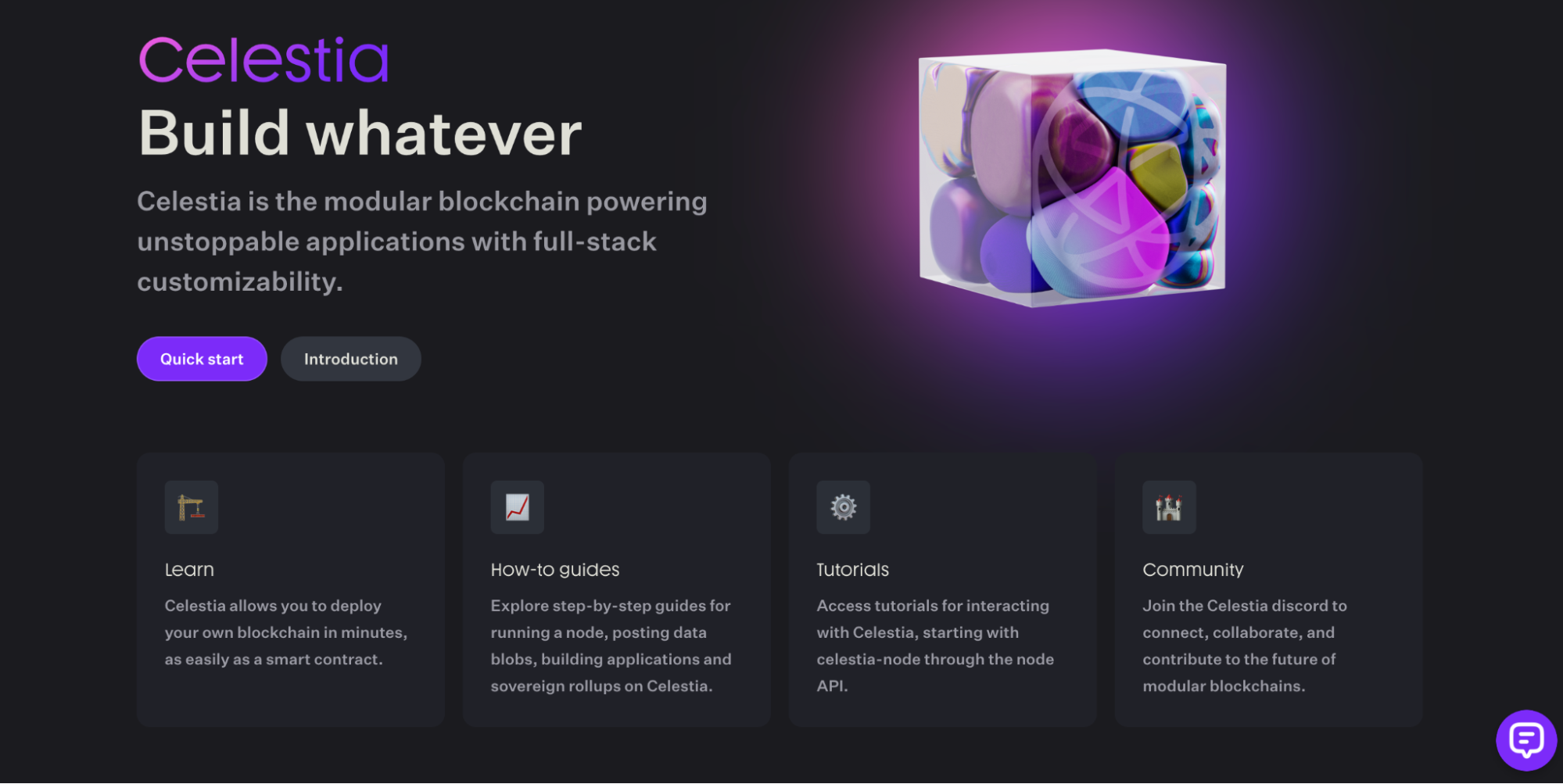
Modular Architecture: Celestia separates data availability and consensus from execution, allowing developers to deploy customizable blockchains without maintaining their own validator set. This reduces operational overhead and increases scalability.
-
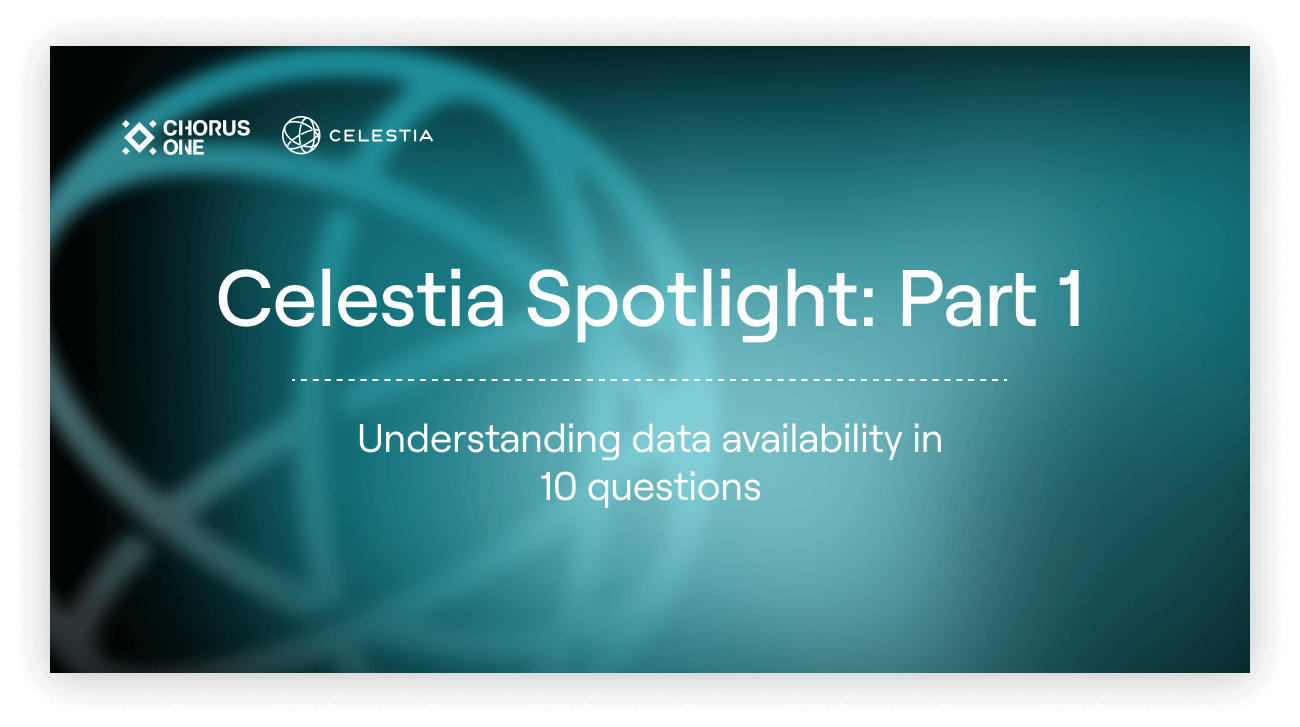
Data Availability Sampling (DAS): Celestia utilizes DAS, enabling light nodes to verify data availability by sampling small block portions rather than downloading entire blocks. This innovation enhances both scalability and decentralization.
-
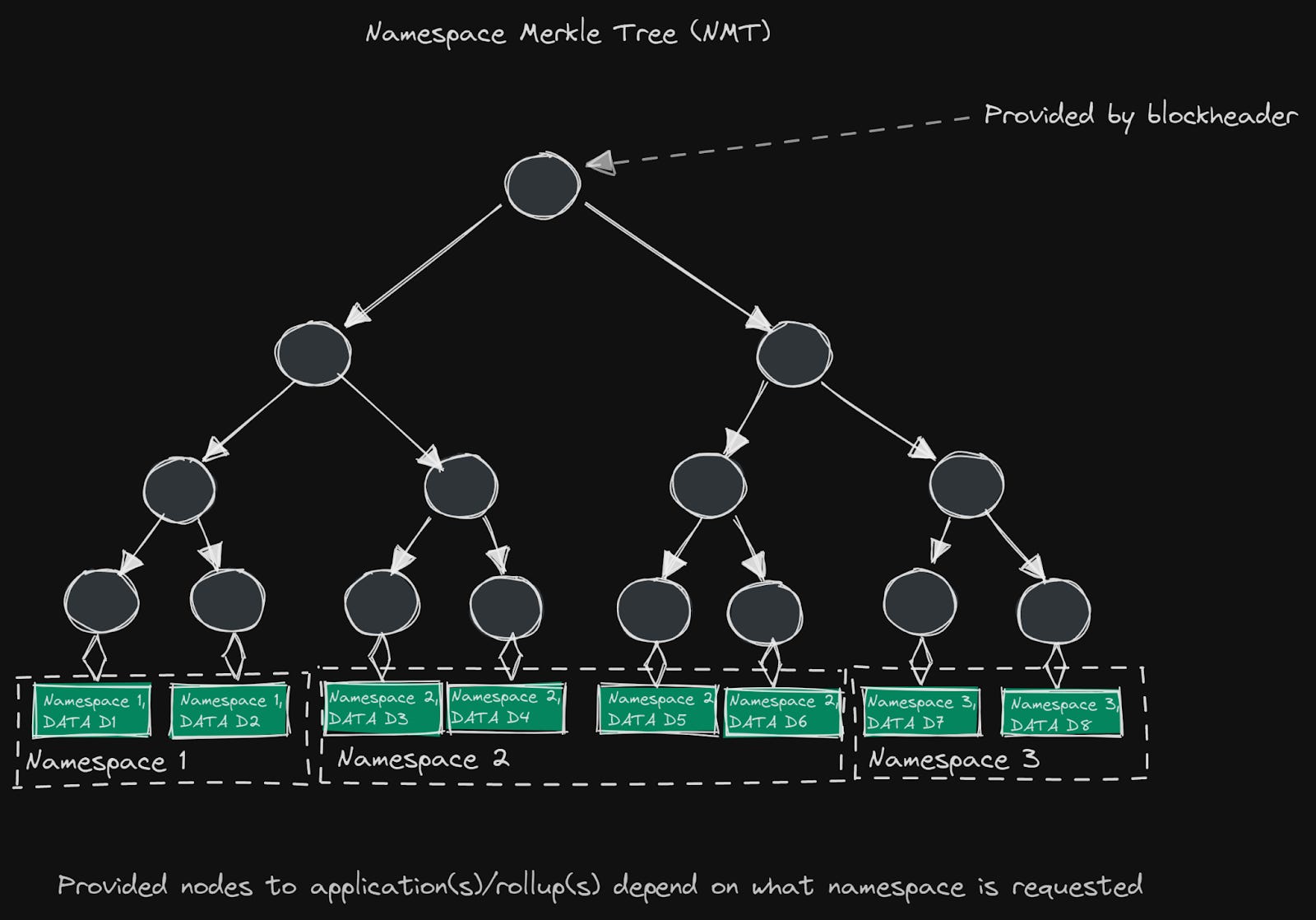
Namespaced Merkle Trees (NMT): By leveraging NMTs, Celestia allows each rollup or chain to efficiently isolate and retrieve its own data, improving performance and reducing bandwidth requirements for users and applications.
-
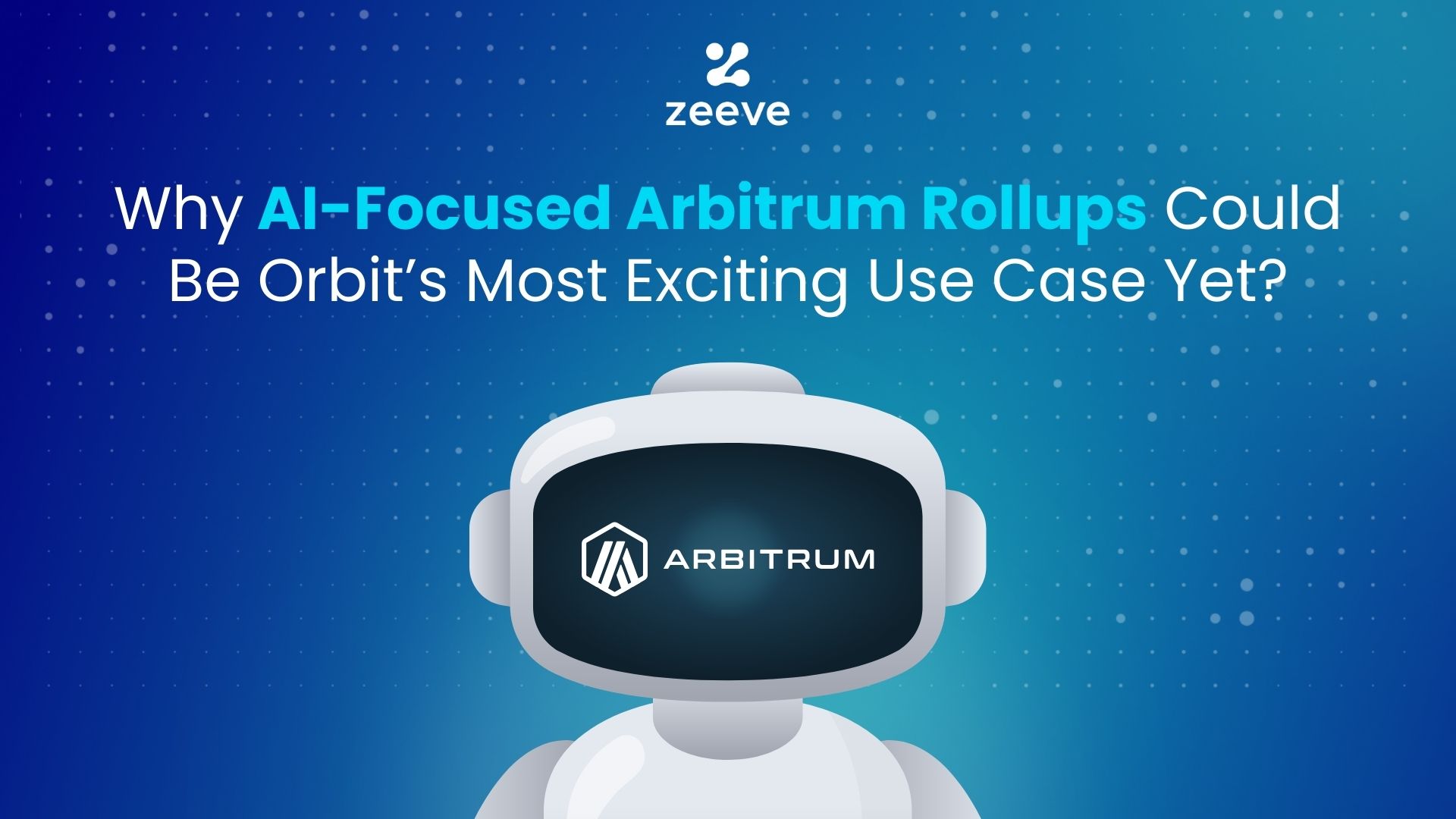
Interoperability and Integration: Celestia supports integration with leading frameworks such as Rollkit and is compatible with the OP Stack and Arbitrum Orbit, empowering developers to build interoperable and modular rollups across ecosystems.
-
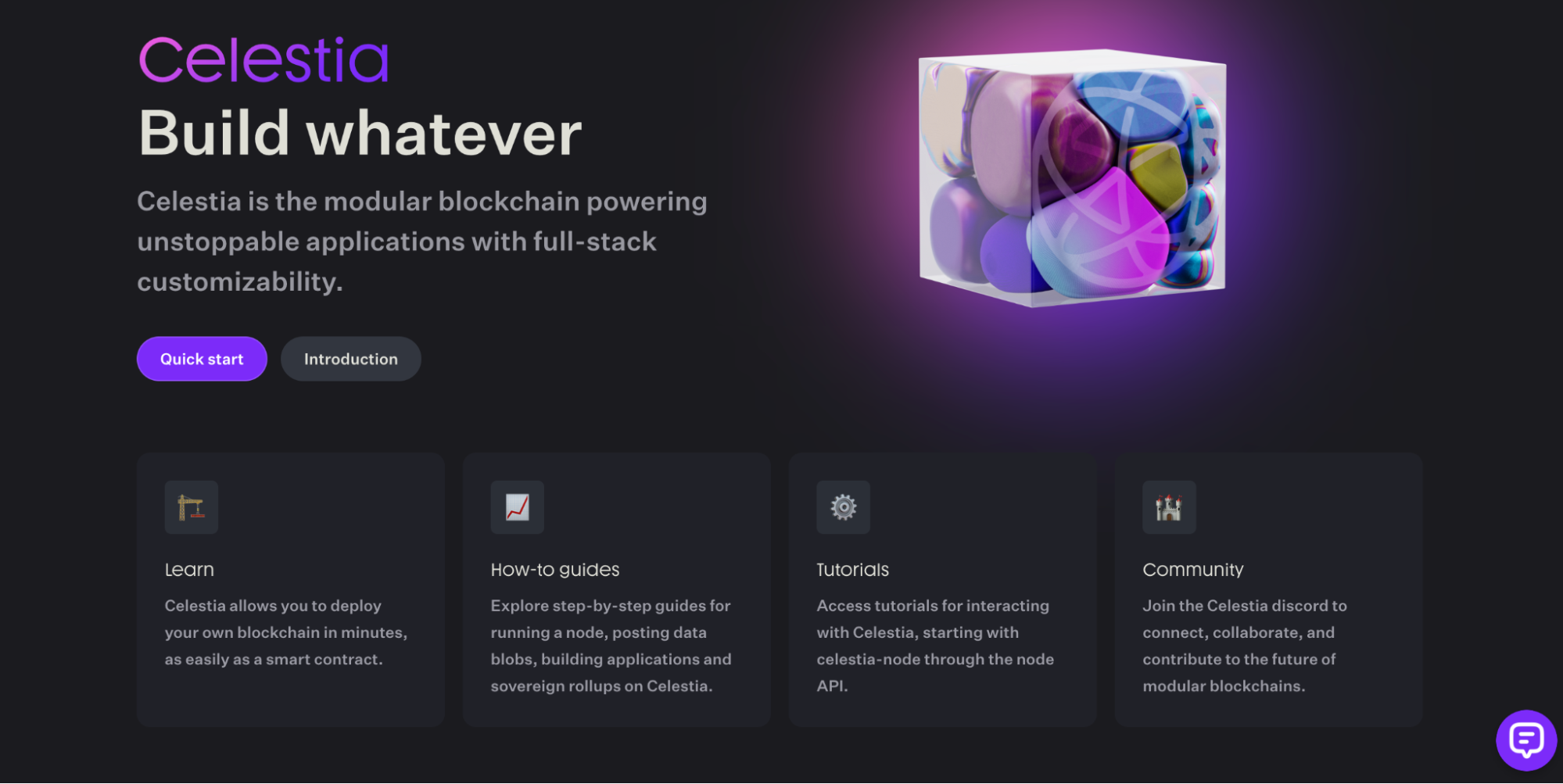
Scalability and Cost Efficiency: By offloading data availability to a dedicated layer, Celestia enables rollups and modular blockchains to achieve higher throughput and lower transaction costs, as evidenced by its adoption in DeFi, gaming, and AI projects.
-
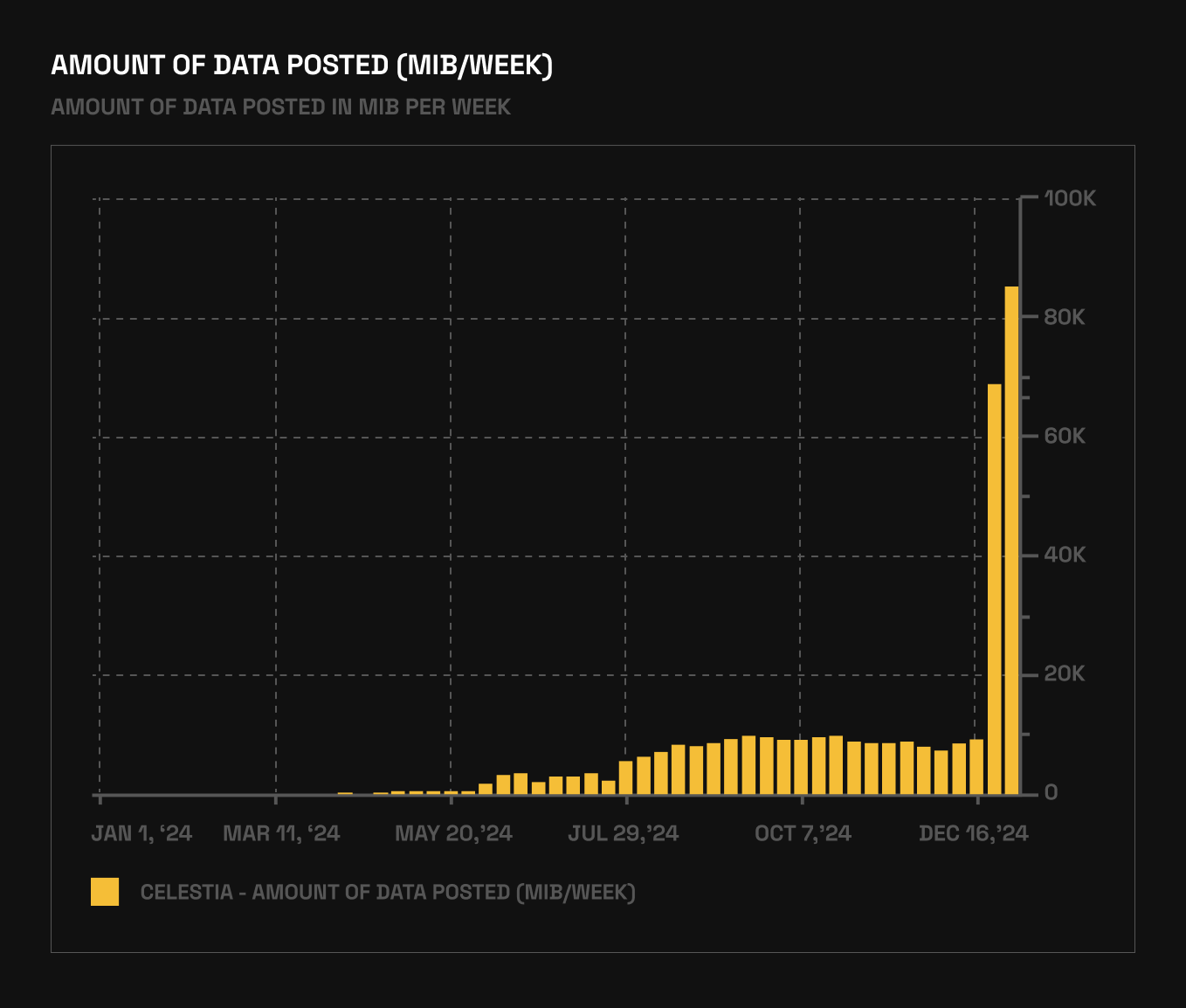
Rapid Ecosystem Growth: Since its mainnet launch in October 2023, Celestia has seen broad adoption, with a growing number of rollups and modular applications leveraging its data availability layer for secure and efficient blockchain development.
The network’s integration with frameworks like Rollkit and compatibility with the OP Stack further enhance its appeal. Developers can now select their preferred settlement layer, be it Ethereum, Celestia, or Bitcoin, and inherit security accordingly. This flexibility is critical as the industry moves toward heterogeneous modular stacks where interoperability and composability are paramount.
The Road Ahead: Adoption and Future Potential
Looking forward, Celestia rollup adoption continues to accelerate. The ecosystem boasts projects across DeFi, gaming, AI, and beyond, all leveraging Celestia’s cost-effective scalability advantages. As more developers recognize the benefits of offloading data availability to a specialized layer, we can expect continued growth in both usage and innovation.
The modular revolution is still in its early stages, but Celestia has already set the standard for what a dedicated data availability solution should offer: high throughput without sacrificing decentralization; seamless interoperability between diverse execution environments; and an open platform that fosters rapid experimentation.
Why Developers Are Choosing Celestia
The decision to build on Celestia often comes down to three factors: scalability advantages, reduced operational complexity, and future-proof interoperability. By abstracting away consensus and validator management from execution logic, teams can focus on delivering novel user experiences rather than wrestling with infrastructure overhead.
As of October 2025, with TIA trading at $1.46: Celestia stands out not only as a technical leader but also as an ecosystem catalyst. Its continued integration into leading frameworks signals that modular rollups are here to stay, and that scalable data availability is no longer optional but essential for blockchain progress.






